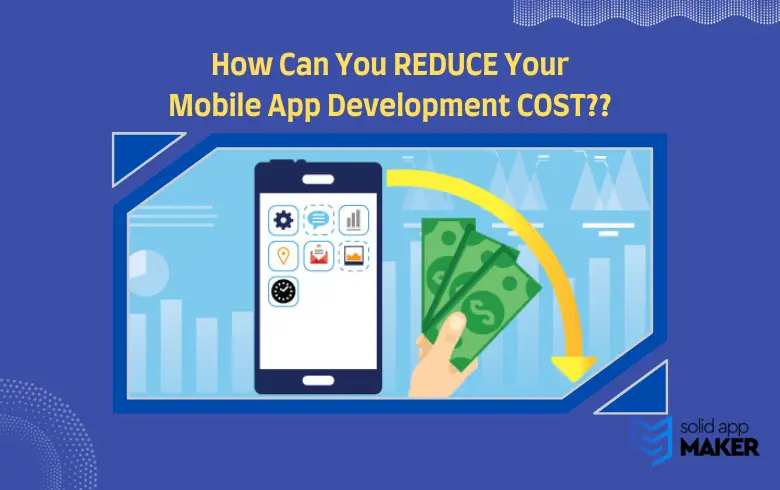In today’s tech-driven landscape, mobile app development is a cornerstone of business growth. However, the challenge lies in managing the associated costs. Let’s explore effective strategies to minimize expenses without compromising the quality of your mobile app.
The Initial Planning Phase
Efficient mobile app development begins with meticulous planning. Clearly defining objectives and specifications at the outset streamlines the process, reducing the likelihood of costly changes later on.
Choosing the Right Development Framework
Selecting the appropriate development framework is crucial for cost-effective development. Assess the pros and cons of popular frameworks like React Native and Flutter to align your choice with your project’s goals and budget constraints.
Embracing Agile Methodology
Agile development methodologies prioritize flexibility and iterative progress. Breaking down the development process into manageable sprints reduces the risk of expensive errors and allows for adjustments based on evolving requirements.
Outsourcing vs. In-House Development
Determining whether to outsource or keep development in-house involves a careful evaluation of costs and benefits. Your project’s specific needs and budget constraints should guide this decision-making process.
Utilizing Open Source Solutions
Leveraging open source tools and libraries can significantly reduce development costs. Ensure the chosen solutions are secure and reliable, benefiting from existing resources and a community of contributors.
Cross-Platform Development
Cross-platform development, facilitated by tools like React Native, minimizes costs by allowing the creation of apps compatible with both iOS and Android. This eliminates the need for separate development efforts.
Minimizing Features for MVP
Launching a Minimum Viable Product (MVP) with essential features speeds up time-to-market and allows for user feedback. This approach enables subsequent feature additions based on real user needs, minimizing unnecessary expenses.
Testing and Quality Assurance
Investing in thorough testing, whether automated or manual, is crucial for identifying and resolving issues early. This proactive approach prevents costly fixes post-launch, ensuring a smooth user experience.
Continuous Monitoring and Updates
Implementing analytics tools for continuous monitoring enables timely updates and improvements. Regular, incremental updates are more cost-effective than major overhauls, helping maintain the app’s relevance.
User Feedback Integration
Actively seeking and incorporating user feedback throughout the development cycle ensures your app meets user expectations without incurring unnecessary expenses. It’s a valuable asset in refining your app.
Optimizing Resource Allocation
Balancing quality and cost-efficiency requires efficient resource allocation. Carefully consider available resources and project priorities to achieve the right balance and minimize unnecessary expenses.
Negotiating with Development Partners
Effective negotiation with development partners can lead to cost savings. Clear communication and transparency in cost structures foster a collaborative environment, benefiting both parties.
Security Measures
Addressing security concerns early in the development process prevents costly breaches post-launch. Implementing best practices for secure development contributes to long-term cost savings and protects the app’s reputation.
Conclusion
Reducing mobile app development costs demands a strategic approach from planning to post-launch activities. By incorporating these strategies, businesses can navigate complexities while maintaining financial efficiency. Continuous monitoring, user feedback integration, and resource optimization are key to long-term success.

